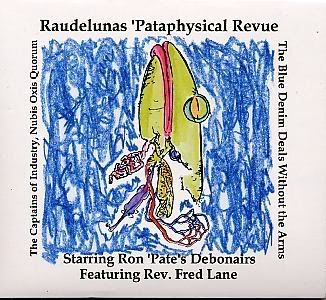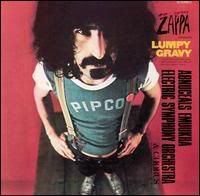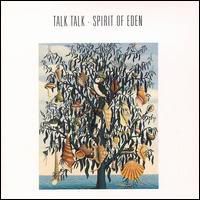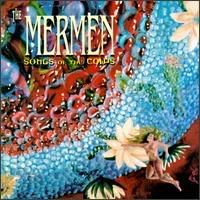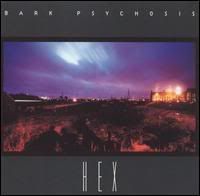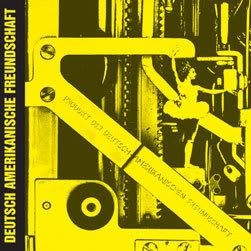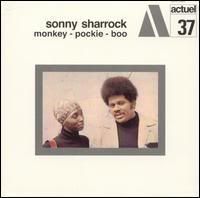
Actuel, 1970; reissued by Sunspots; available but limited
3 tracks, 34:04
One of the unofficial godfathers of guitar skronk, the late Sonny Sharrock spent most of his life exploring his instrument to the fullest. You rarely hear a standard chord or melody in Sharrock's playing; he tended to create abstract metallic tones and proto-no wave clusters. Most readers will recognize him from the show "Space Ghost Coast To Coast" (Sharrock wrote the theme song, which was one of his last recordings). On this, his second solo album, Sharrock is accompanied by his then-wife Linda on vocals, Beb Guerin (I've seen it written as Bob too, but the CD itself says Beb twice) on bass, and Jacques Thollot on percussion (Thollot also released several strange solo albums). Opening track "27th Day" (which, at seventeen minutes, took up all of side one on vinyl) opens with Thollot's steady free jazz drumming and Guerin's sinuous basslines. Sharrock enters not on guitar, but on SLIDE WHISTLE! He plays the whistle just like he plays guitar, which makes for interesting comparisons once the guitar comes in. Linda's vocals, however, push this into way-out-there territory. The woman doesn't sing so much as shriek, moan, cry, ululate..... basically anything you can do with the human voice that isn't traditional singing while still being musical. The piece just picks up in intensity, and by the time the seventeen minutes is up, you're left wanting more. Side two's opener "Soon" delivers on the promises of "27th Day". This time Linda's voice begins the song, sounding much more restrained than the preceding track. This soon gives way to some of Sonny's most intense playing, and the most aggressive rhythm work on the album. The last track is the title track. After the punishing first two tracks, "Monkey-Pockie-Boo" sounds positively sedate. The guitar work is less skronky, and recalls some of Derek Bailey's work. The rhythm section sounds closest to jazz on this track as well. Sonny and Linda do a touching vocal duet, sounding very close to certain African vocal musics. The vocals are wordless, and Sonny's performance makes you wonder why he didn't do this more often. Overall, MONKEY-POCKIE-BOO is an ideal introduction to Sonny Sharrock. Fans of Yoko Ono will love Linda's vocal work, and free jazz fans who don't own this are missing out on a real treasure. The no wave community is also advised to check this out, as the roots of no wave guitar are here in abundance; Arto Lindsay(DNA, Golden Palominos, Lounge Lizards) and Sumner Crane(Mars, John Gavanti) especially seem to have taken a few notes from Sharrock, as do Sonic Youth.
Dedicated to the memory of Sonny Sharrock

